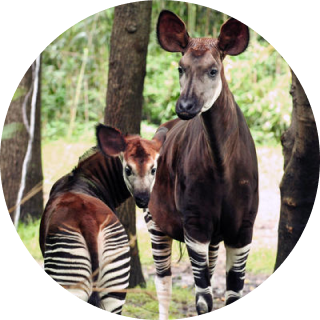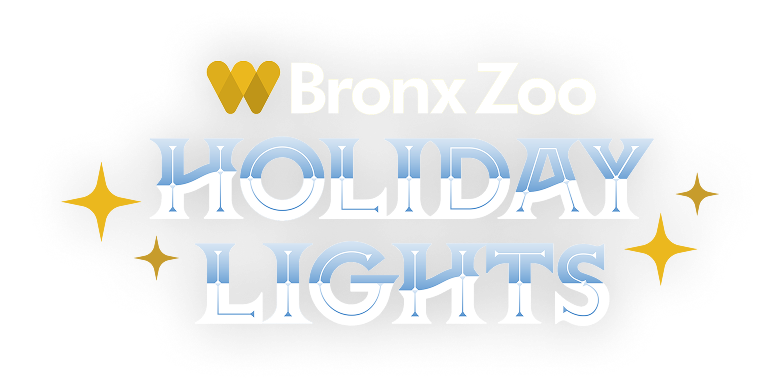Congo Gorilla Forest
Description
Schedule
Open March-December. During the colder months, animals may not be in their outdoor habitats, but you can still visit gorillas indoors.
Please note – last entry to this exhibit is 30 min prior to park closing.
Admission
Included with the Bronx Zoo Admission ticket type. Additional $7 per person with Limited Admission ticket.
Stroller parking is required when visiting this exhibit. Guests must self-park stroller before entering.
Accessibility
-
Assistive Listening
-
Rough Terrain
-
Steep Hill
-
Touch Exhibit
-
Wheelchair Accessible


Big Plans
WCS scientists started studying mountain gorillas in the field in1959. Bringing that work to zoo visitors was, and is, an important part of our mission. Congo Gorilla Forest was built as a groundbreaking, participatory exhibit, connecting field work to the work happening at the Bronx Zoo. Whether watching the animals on exhibit, or participating in an education class in the unique program space, Congo Gorilla Forest has inspired countless visitors.
A forest of Diversity
Gorillas share their habitat with a tremendous variety of other wildlife, and you’ll encounter those animals during your visit, including okapis, red river hogs, mandrills, and many other species.
Space to Explore
Congo Gorilla Forest spans 6.5 acres. The exhibit trail visitors walk is approximately ⅓ of a mile long. Nearly 400 species of plants are displayed in the exhibit, ranging from 50 ft tall trees to orchids.


In the Exhibit

Mandrill
Mandrills are one of the largest monkey species and among the most colorful. Their bright colors signify dominance - the most dominant males in the troop are the most brightly colored.

Okapi
In the wild, okapi are rarely seen by humans, but are threatened by illegal hunting. WCS helped establish the Okapi Wildlife Reserve in Democratic Republic of Congo in 1992.

Red River Hog
Typically found in large social groups, red River hogs are native to forested areas in central and southern Africa.
More Animals in Congo Gorilla Forest

PYGMY MARMOSET

HORNBILL

SHELL-CRACKER FULU

FIRE SKINK
“
This exhibit is about people — people getting involved. People learning about conservation. People taking action to protect and give a future to some of our most beloved animal species.”
William Conway
Past President of WCS
Get more out of your zoo visit
Become a WCS Member today and begin a year of adventure at the Bronx Zoo, Central Park Zoo, Queens Zoo, and Prospect Park Zoo. Book a Wild Encounter for a personal meeting with your favorite animals and the keepers who care for them.



